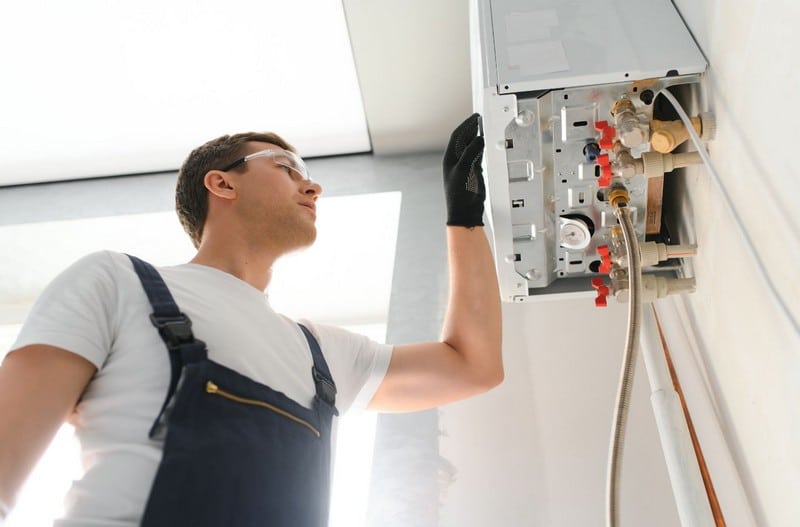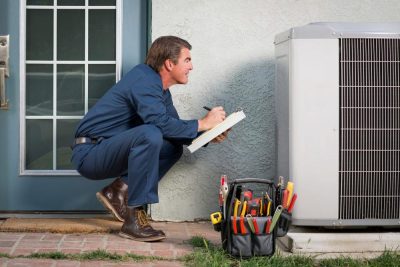
A dependable HVAC system relies on more than steady airflow and temperature control. Behind the scenes, countless mechanical parts keep the system working smoothly day after day. Each part has a life of its own, shaped by how it is installed, maintained, and used.
The search for a place to find replacement parts for HVAC systems usually begins when parts wear out sooner than expected. Owners who understand what truly affects the lifespan of these components can plan ahead. With the right knowledge, every system can achieve durability without unnecessary expense.
Installation Quality
The first influence on HVAC parts’ lifespan is how they are set up during installation. Incorrect placement or improper balance of components increases strain on motors, fans, and compressors. A unit placed under stress from the start develops issues that affect long-term durability.
A precise installation places every component in alignment and ensures correct pressure levels. Balanced airflow and proper calibration allow the system to perform without excess resistance. This method shields the parts from avoidable stress that reduces their service life.
Maintenance Practices
Regular upkeep directly supports the durability of HVAC parts. Dust, debris, or blocked filters increase workload across the entire unit. Without steady cleaning and inspection, coils, bearings, and electrical parts face conditions that shorten their function.
Professional checks, timely filter changes, and attention to fluid levels provide a safeguard. Each small measure reduces wear by lowering resistance on moving parts. As a result, system reliability improves while each part completes its intended service span.
Operating Conditions
Parts of HVAC systems respond to the quality of their environment. Airborne particles, moisture, or corrosive materials accelerate wear on surfaces, seals, and metal parts. A clean, stable environment allows the unit to operate under natural conditions without unnecessary stress.
To control conditions, protective measures help reduce exposure. Examples include sealed ductwork, protective coatings, and targeted filtration. These steps lower the effect of humidity and debris, allowing the parts to maintain consistent performance.
Usage Intensity
The level of use plays a large role in the service life of HVAC parts. Units that run without pause face greater stress than those with balanced duty cycles. Frequent start-stop cycles also challenge motors and switches.
Control methods help spread the workload evenly. A programmable thermostat or well-distributed zoning system eases heavy loads on compressors and fans. Balanced operation reduces strain and lengthens the period of reliable use.
Part Quality
Material selection defines how long HVAC parts hold up. High-grade metals, durable seals, and precise machining resist wear better than weaker alternatives. The choice of parts sets the standard for performance under daily demand.
To highlight a unique point, quality parts sometimes include:
- Consistent tolerances that prevent imbalance
- Strong surfaces that resist corrosion
- Materials that endure pressure and heat cycles
Where Professionals Turn for HVAC Parts
Every repair depends on having the correct component at the right moment. A well-structured platform that specializes in HVAC parts offers more than just availability; it provides exact matches backed by clear guidance. With organized catalogs and detailed breakdowns, finding the right fit becomes a straightforward task.
This level of precision supports both routine maintenance and urgent repairs. The platform saves time and reduces errors through accurate part matching that aligns with system requirements. For anyone focused on dependable HVAC performance, it becomes the practical choice for long-term system care.
Finding the write place to find replacement parts for HVAC systems matters, yet the lifespan of those parts depends on many connected factors. Installation, upkeep, operating environment, usage intensity, and material quality each influence durability. Careful attention to these areas ensures steady operation and consistent value over the full life of the system.








